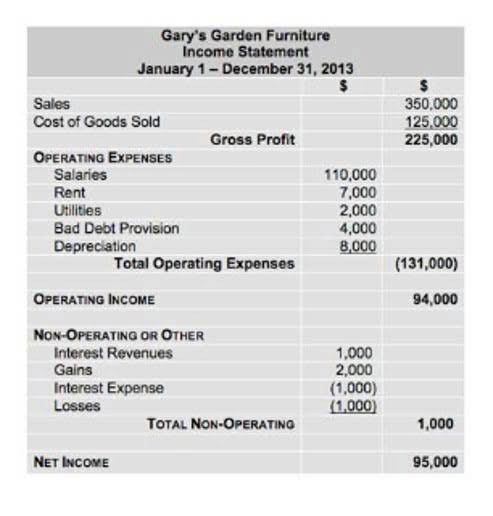
Hence, with the consent of both of the parties, it was decided that X ltd will receive the notes receivable with a principal amount of $ 500,000 and a 10% interest rate to be issued by Y Ltd. It had a condition that $ 125,000 would be paid along with interest due at the end of each month for the next four months. Yes, notes receivable are typically classified as current assets if they are expected to be collected within one year. This is because current assets are assets that are expected to be converted into cash or used up within a relatively short period, usually within 12 months. Some of the notes receivable examples include overdue accounts (accounts receivable of the business) that are converted into notes receivable, giving debtors more time to pay them back. It may also include employee cash advances, loan agreements, sales agreements, etc.

Impairment may occur due to a variety of factors, such as the borrower’s deteriorating financial condition, which casts doubt on their ability to make payments. The assessment of impairment is a judgment call that requires significant estimation and consideration of current economic conditions. If a note is impaired, the loss is measured as the difference between the carrying amount of the note and the present value Online Accounting of expected future cash flows, discounted at the note’s original effective interest rate. Furthermore, notes Receivables are promises from debtors to pay a specific amount of money with interest to creditors at a future date. Businesses typically issue notes receivable to formalize agreements for extended payment terms, loans to customers, or other credit transactions.


This income is recognized over the life of the note, aligning with the time value of money principle. As the lender provides the borrower with the opportunity to use funds, the interest compensates the lender for parting with the liquidity over a specific period. The recognition of interest income follows the effective interest method, which spreads the income evenly over the payment period, based on the carrying amount of the note. Accounts receivable represent amounts owed for goods or services provided on credit without necessarily formalized terms. In contrast, notes receivable involve written promises to pay a specified amount by a certain date, often with interest.
Chartered accountant Michael Brown is the founder and CEO of Double Entry Bookkeeping. He has worked as an accountant and consultant for more than 25 years and has built financial models for all types of industries. He has been the CFO or controller of both small and medium sized companies and has run small businesses of his own.

Your company receives a $10,000, 4 year, 2% annual interest note, paid semi-annually. Fair Value is the are notes receivable an asset present value of the future cash flows, discounted using the market interest rate. At the maturity date of a note, the maker is responsible for the principal plus interest. The payee should record the interest earned and remove the note from its Notes Receivable account.
These solutions enable businesses to automate their entire account receivable process, accelerating cash flow, improving efficiency, and reducing operational costs. From invoice delivery and tracking to receivable collections, worklist prioritization, payment predictions, and cash projections, businesses can reduce manual effort, minimize errors in accounts receivable. If the note’s stated rate exceeds the market rate, it is issued at a premium. The premium represents the excess of cash received over the note’s face value and is amortized, reducing interest revenue over the note’s life. Another opportunity for a company to issue a notes receivable is when one business tries to acquire another.